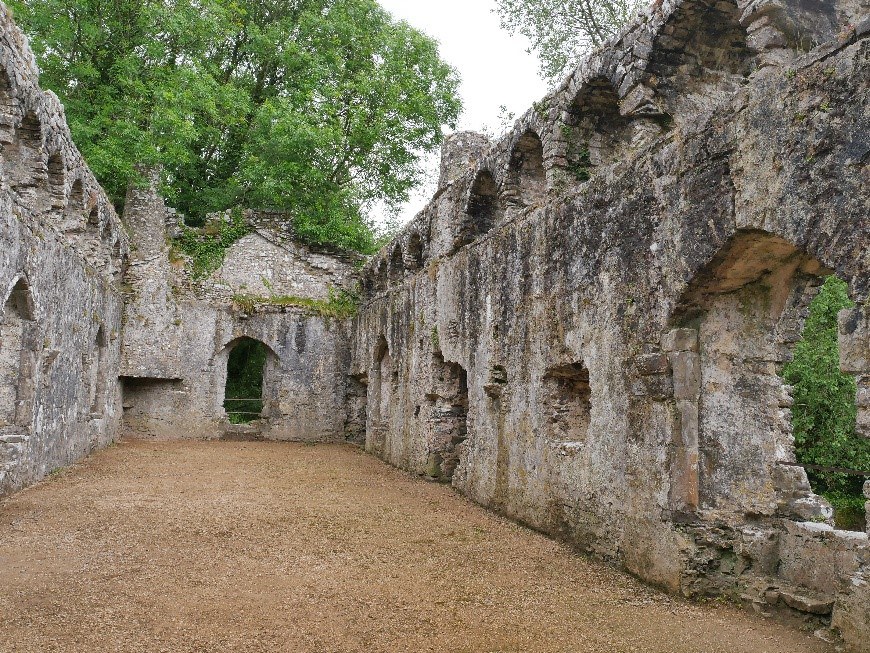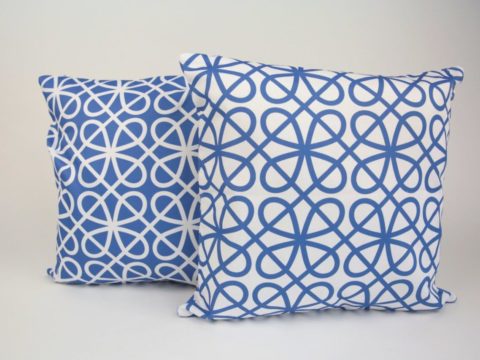Lamphey Bishop's Palace
Chapter 2 : History
As the bishops used the main palace at St David’s less during the fifteenth century, so they spent more time at Lamphey/Llandyfai. This palace, too, was largely constructed by Bishop Henry de Gower in the mid-fourteenth century.
By 1460, the bishop was John de la Bere (or Delabere), once almoner to Henry VI, and promoted from the position of Dean of Wells. According to a 19th century history of the diocese by one of the canons, de la Bere had little interest in his diocese, and, so far as is known, did not visit it in all his thirteen years of tenure. His main claim to fame seems to have been his refusal to allow his married clergy (for marriage amongst the Welsh clergy had continued despite the injunctions of Rome against it since at least the eleventh century) to dismiss their wives and mistresses. Not, sadly, because he sympathised with the ladies, but because the licence fees for granting permission to the clerics to have ‘concubines’ made up a substantial part of his income. Eventually, according to the same source, de la Bere was deposed for the crime of praemunire.
It was during de la Bere’s tenure that he lent the palace of Lamphey to Edmund, Earl of Richmond, half-brother of King Henry VI for Richmond’s honeymoon with his young wife, Lady Margaret Beaufort. It is likely that Lamphey was the place where Richmond and Margaret’s son, Henry, later Henry VII, was conceived in the early summer of 1456.
De la Bere was succeeded in 1460 by Robert Tulley, who contributed to the creation of the timber roof and stalls in the cathedral. Tully was deprived by Edward IV of the temporalities of his see, but they were restored during the readeption of Henry VI, and seemed to have remained with him even after Edward IV regained the throne, as evidenced by Tully appointing a park-keeper at Lamphey in 1476.
The next information we have of Lamphey is its surrender to the Crown by Bishop Barlow, and its subsequent grant to surender the palace to the Crown, and it was shortly thereafter granted to Sir Richard Devereux, (possibly Barlow’s godson). Richard Devereux was a relative of the king’s, being the great-grandson of Henry’s grandmother, Elizabeth Woodville, through Elizabeth’s first marriage to Sir John Grey. Devereux did not long enjoy the palace, dying in 1547, but his heir, Walter, seems to have spent much of his childhood there. Walter inherited his grandfather’s titles of Lord Ferrers of Chartley and Viscount Hertford, and went on to marry Lettice Knollys, cousin of Elizabeth I. He was granted the title of Earl of Essex and served the queen diligently, if blood-thirstily, in Ireland and elsewhere. His children, Penelope, later Lady Rich, and Robert, 2nd Earl of Essex, probably visited the old palace from time to time.
Following the execution of the 2nd Earl of Essex, in 1601, the palace was more-or-less deserted, until it was occupied by Cromwell’s men during the Civil War, probably in connection with the siege of nearby Pembroke Castle.
By the 1820s, it was in the hands of the Mathias family of Llangwarren for whom it was a romantic ruin, giving historical flavour to their new construction of Lamphey Court, which is now a hotel.

